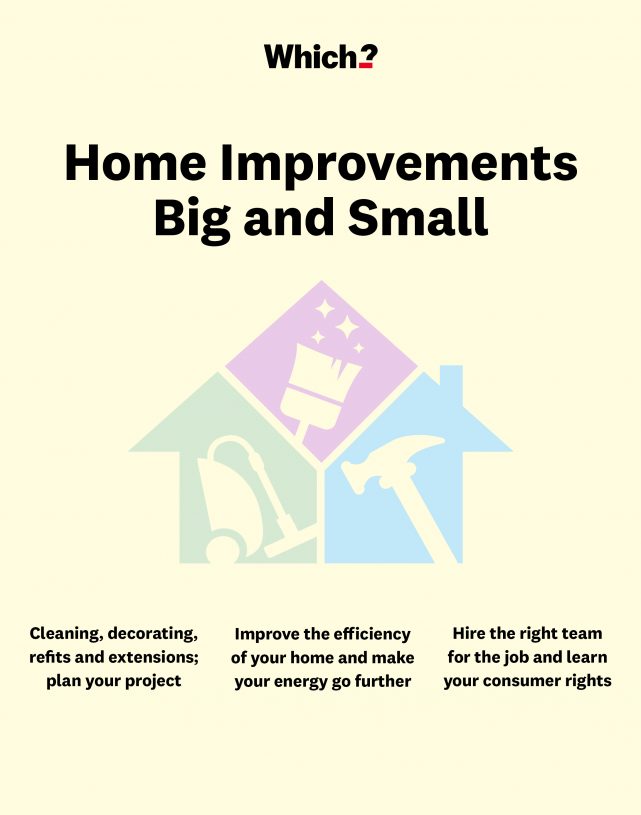User guide
Finding your way around the guide
To navigate between pages, click or tap the arrows to go forwards to the next page or backwards to the previous one. The arrows can be found either side of the page and at the bottom, too (circled in green, below).


Menu/table of contents
Click or tap on the three horizontal lines in the top-right of your screen to open the main menu/table of contents. This icon is always visible whether you're using a computer, tablet or smartphone. The menu will open on top of the page you’re on. Click on any section title to visit that section. Click the cross at any time to close the table of contents.
Text size
On a computer, you'll see three different sized letter 'A's in the top-right of your screen. On a smartphone or tablet these are visible when you open the menu (see above). If you’re having trouble reading the guide, click or tap on each of the different 'A's to change the size of the text to suit you.
Pictures
On some images you'll see a blue double-ended arrow icon. Clicking or tapping on this will expand the picture so you can see more detail. Click or tap on the blue cross to close the expanded image.
Where we think a group of images will be most useful to you, we've grouped them together in an image gallery. Simply use the blue left and right arrows to scroll through the carousel of pictures.
Links
If you see a word or phrase that's bold and dark blue, you can click or tap on it to find out more. The relevant website will open in a new tab.
Jargon
If you see a word or phrase underlined, click or tap on the word and small window will pop up with a short explanation. Close this pop-up by clicking or tapping the cross in the corner.
Help
On a computer, you'll see a question mark icon in the top-right of your screen. On a smartphone or tablet this is visible when you open the menu (see above).
Clicking or tapping on the question mark will open this user guide. It opens on top of the page you're on and you can close it any time by clicking or tapping the cross in the top-right corner.

Keeping warm
Draught-proofing can cut heating costs and keep you toasty. Find out how to plug those gaps and promote good air quality.
Keeping cold air from entering your home will make it more comfortable – plus, you'll save money on heating bills. If you're dealing with draughts, you may be able to do some preventative maintenance yourself, with the help of judiciously placed foam strips. However, it’s important to get the balance of keeping enough warm air in, while maintaining a well-ventilated living space.
Where are the draughts coming from?
Walk through your house and check if you can feel draughts around windows, doors, chimneys, floorboards and pipework. Once you’ve identified the source, try these simple and cost-effective ways to plug the gaps.
-
Front door: fit a weather bar or brush strip at the base of an external door. A letterbox draught excluder and plate are also cheap and easy options that make a big difference.
- Internal doors: an old-fashioned draught excluder could work here, though it may not sit in place when you close the door behind you.
- Windows: buy window foam seal from a DIY store. This is a thick tape, which is cheap and easy to fit. Curtains reduce the heat exchange between the cold window and your room, so keep them drawn when you can. If you have a radiator below the window, make sure the curtain doesn’t hang over it, otherwise you’ll miss out on the heat. Thermal curtains have extra layers of material and padding that insulate them better. If you're handy with a needle and thread or sewing machine, adding extra layers behind the curtains you already have will help.
- Chimney: pick up a draught excluder from the DIY store. If you don’t use the fireplace at all you could get it capped, though this is a job for a professional.
- Loft hatch: heat rises and will escape via small gaps around your loft hatch. To prevent heat loss, insulate these with foam strips.
- Floorboards: insulation, carpet underlay and carpets all help to prevent draughts. For more tips, see our full guide on how to draught-proof your floors.
- Pipework: if there are gaps around pipes that lead to a loft or outside, these will create a draught. Use silicone filler to plug small gaps and polyurethane foam for larger ones.
Read more advice and tips for draught-proofing your home.
It’s best not to seal the windows in kitchens and bathrooms, as these gaps allow water vapour from cooking and showering to escape. Do seal the door, though, so the warm air from elsewhere in the house doesn’t escape. See Dealing with damp for more on how to prevent condensation.
Should I buy an electric heater?
You can buy a decent 2kW or 3kW electric heater with a thermostat for around £50. Remember that using electricity for heating is expensive, so factor in running costs before you buy. Electric heaters are best regarded as a back-up rather than for regular use.
Which kind of heater?
An electric convection heater will quickly warm up a chilly room. Fan heaters are generally cheaper, but they are also smaller and noisier. They can work well for small areas, but are often less efficient at distributing heat evenly.
How much does an electric heater cost to run?
Check your latest bill and see what your tariff charges you per kWh. Multiply this by the maximum output of your heater and you'll arrive at the approximate figure your heater will cost you to run per hour.
For example, if you use a 2kW heater at full blast for an hour every morning and you pay 34p per kWh (at the current price cap) that’s 68p per day – so a little under £5 a week.
If you use the thermostat on the heater to set a defined temperature, you will use less energy within the hour as the heater will intermittently switch on and off as needed.
Check out which electric heaters have impressed in our tests.
Beware of dangerous plug-in heaters. They may look temptingly cheap, but many that are sold via online marketplaces are actually illegal in the UK, and some can pose a significant safety risk.
Air quality
If you have an open fire and regularly burn wood or coal you will be creating some particulate matter. Note that this will also happen when burning candles, using a toaster or cooking with gas. The tiny particles can inflame your airways and increase the risk of lung and heart disease, so to combat this, wipe surfaces regularly with a damp cloth and use a vacuum cleaner with good allergen retention.
Air purifiers reduce pollutants in the air and can be particularly worthwhile if you suffer from allergies. Our lab tests showed that the best air purifier for removing dust was more than 26 times more effective than the least-effective one. Head to our guide on how to buy the best air purifier to ensure you get one that will do the job well, and have a look over our air purifier reviews to make sure you get a Best Buy.


